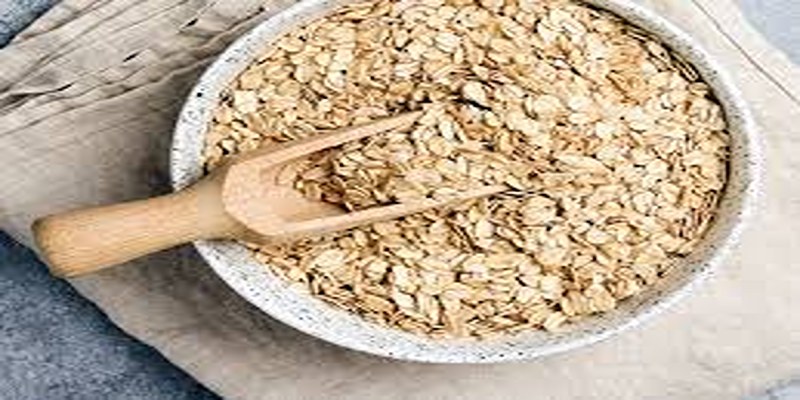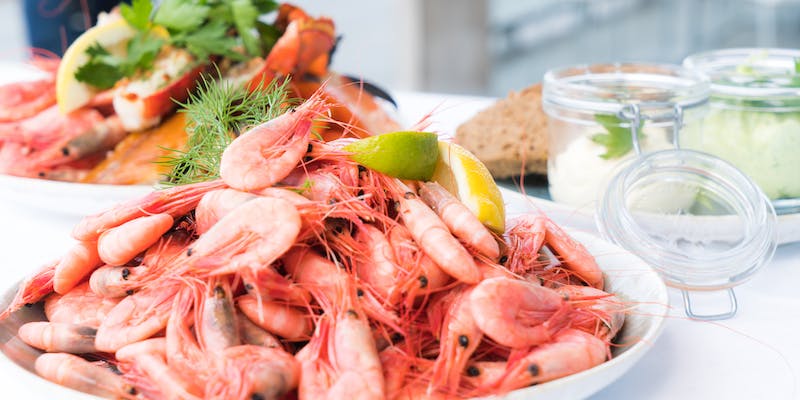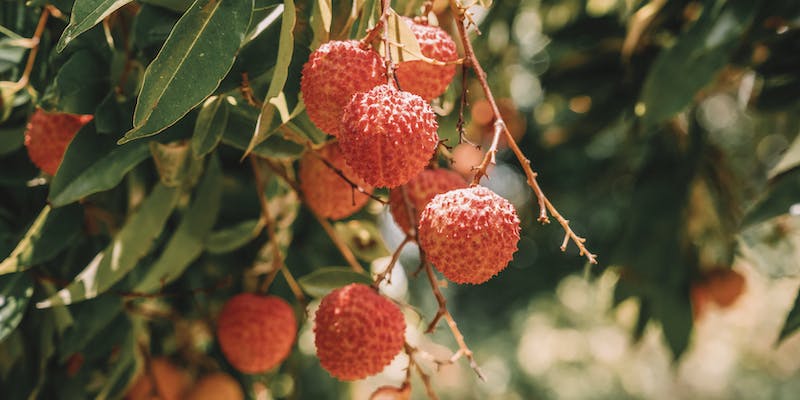Sodium Sulfite's Role in Shrimp Preservation: A Detailed Overview
Feb 23, 2024 By Madison Evans
Since immemorial, the sulfites have been used for years as preservatives for foods and beverages. Sulfites are used as preservatives of crustacea in shellfish handling environments. For those with shellfish allergy, eating crustaceans that have sodium sulfate as a component can cause a health problem. The crustaceans and sodium sulfite potential threats warrant referral to a doctor.
What is Sodium Sulfite?
Preservation of foods high in sodium through the prevention of spoilage and the retardation of the growth of pathogenic microorganisms leads to the retention of favorable qualities and prevents unsightly changes. Food and beverage manufacturers use a group of sulfites with known antioxidant properties—sodium sulfite, sodium bisulfite, and sodium metabisulfite—to prevent oxidation, the chemical process that causes food to spoil. Sodium sulfite is produced as an intermediate of food and beverage production from carrot juice, fruit juice, vinegar, wine, and potatoes.
As shown by its chemical formula Na2SO3, sodium sulfite is a salt belonging to the inorganic family. This saline compound comprises two sodium cations (Na+) and one sulfite anion (SO32-). A saturated sodium sulfite solution in water has approximately pH 9, which points to its weak basic nature. Crystal Na2SO3 is formed through the crystallization mechanism of the stated solution.
Sodium sulfite is one of the ingredients used in the food industry to preserve newly prepared food. An additive that influences the maintained stability and effectiveness of various drugs. The FDA has accepted sodium sulfite as a novel, unconventionally regulated animal drug. As displayed previously, sodium sulfite, in its anhydrous state, has a uniform white hue. The primary differentiating factor between anhydrous Na2SO3 and its heptahydrate counterpart is the significantly higher oxidation resistance exhibited by the former. The corresponding sulfate is produced by gradually oxidizing Na2SO3.7H2O with atmospheric oxygen.
Additional Applications Of Sodium Sulfite

Sodium sulfite, denoted as Na2SO3 exhibits a wide range of supplementary applications beyond its primary utilization in the paper and pulp sector.
- This compound is frequently utilized to prevent preserved fruits' discoloration due to its preservative efficacy.
- Additionally, it can be applied to swimming pools to decrease chlorine levels.
- To prevent pitting corrosion in boiler systems, sodium sulfite acts as an oxygen scavenger. Consequently, sodium sulfite is commonly utilized to purify the water that juvenile broilers ingest.
- In pursuit of bleaching, desulfurization, and dechlorination objectives, the textile industry employs Na2SO3 extensively.
- The military applicability of the trinitrotoluene (TNT) process can be achieved by employing sodium sulfite purification.
Shrimps and Sodium Sulfite
The application of sodium bisulfite is an essential element of shrimp calories cultivation and handling to preserve the palatability of the seafood to consumers. By preventing melanosis, more commonly referred to as the black mark, this process is essential for maintaining the shrimp's quality. The consequences of this condition, which darkens the membranes and flesh beneath the shell, diminish the shrimp's palatability. The enzyme accountable for this discoloration in crustaceans is impeded by sodium bisulfite. After harvested shrimp, they are often submerged in sodium bisulfite to preserve their freshness and aesthetic value.
Merely among individuals who work with crustaceans, apprehensions about food safety are negligible. This is the result of two separate factors. To commence, crustaceans do not typically contain toxins that threaten human health. Furthermore, pathogenic microorganisms are efficiently eradicated through the cooking procedure, which is customarily executed before ingesting shrimp. Therefore, considerations about potential health hazards are less important than the conservation of the visual attractiveness of shrimp.
Several countries with large shrimp aquaculture industries use sodium bisulfite. Countries include Ecuador, India, and Thailand. These nations have contributed significantly to the world's shrimp calories supply through steady industry growth. Rising consumer demand is expected to keep the global shrimp industry growing in 2020, reaching $45 billion. The figures emphasize the importance of sodium bisulfite treatment and other methods for product quality. The shrimp industry's long-term viability and bottom line improve while meeting consumer demands.
Sulfite Sensitivity and Health Concerns

Sulfite exposure can cause deadly reactions and other health problems, so that sulfite sensitivity can be serious. At least twelve deaths were attributed to sulfites in the 1980s, but new evidence suggests the situation was much more sensitive before that. The Center for Science in the Public Interest emphasizes constant monitoring and safety measures to combat these threats. The FDA requires labeling food products with sulfites to protect public health. Sulfite-sensitive people can choose better food because of this rule. Sulfites are rarely allowed in fresh produce because they threaten vitamin B-1. Non-traditional food products can contain them, but the label must indicate so. This differentiation is essential for food safety and preservation.
The FDA has imposed a stringent sodium sulfite residue limit of 100 parts per million (ppm) on shellfish, a common allergen. By international regulations, this criterion specifies acceptable concentrations for cooked shrimp at 30 ppm, whereas uncooked shrimp are permitted concentrations ranging from 60 to 100 ppm. By ensuring the safety and quality of food products, these regulations seek to reduce potential health hazards.
Asthmatics
Due to the severe allergic reactions that sulfites can induce, asthmatics should exercise extreme caution when consuming crustaceans. Anaphylaxis to moderate wheezing may develop in individuals exposed to sulfites, which are chemical preservatives in food and beverages, including shrimp calories. Individuals with asthma face a considerable danger of contracting anaphylaxis. This extremely severe and rapid allergic reaction may cause symptoms such as difficulty breathing, anxiety, confusion, and loss of consciousness.
A correlation has been established by recent research between sensitivity to sulfites and an elevated risk of anaphylaxis among individuals with asthma in comparison to the broader population. In contrast, sensitivity to sulfites was reported by approximately 5% of individuals with asthma, compared to less than 1% of the general population, as indicated by a survey conducted in the United States in 2021. Consuming sulfite-containing and foods high in sodium, including crustaceans, significantly increases the risk of severe, potentially fatal reactions for this individual.
The improper ingestion or inhalation of sulfur dioxide gas produced by these foods, alongside their emission characteristics, is a prevalent cause for concern. Advancements in sulfite sensitivity education and awareness have led to enhanced labeling protocols for food and beverages that surpass a specific threshold of sodium sulfites in nations including the United Kingdom, Canada, and Australia.

Exploring the Health Benefits of Oatmeal: A Nutrient-Rich Breakfast Choice

How to Run Faster and Longer: 4 Effective Running Workouts for Speed and Endurance

Is Sunflower Oil Really Beneficial for Your Health?

Top 15 Dermatologist-Recommended Products for Acne Scars

8 Gift Ideas for Those Desperate for a Better Night’s Sleep

Sodium Sulfite's Role in Shrimp Preservation: A Detailed Overview

Six Health Benefits of Litchi: Reasons to Include Them in Your Diet


